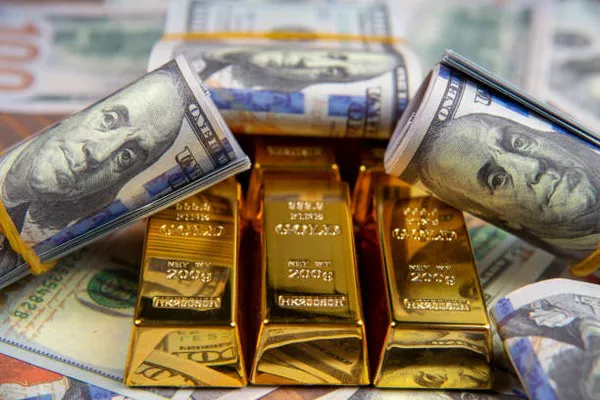The gold market, one of the oldest and most storied markets in human history, has played a pivotal role in shaping economies and cultures around the world. Gold’s allure extends far beyond its intrinsic value; it has been a symbol of wealth, power, and stability for millennia. The history of gold as a commodity dates back to ancient civilizations like the Egyptians and Mesopotamians, who used it for trade and ornamentation. Over time, gold became synonymous with wealth preservation and a hedge against economic uncertainty, leading to the development of sophisticated markets dedicated to its trade.
Market Participants
The gold market boasts a diverse array of participants, each contributing to its dynamism. Primary actors include gold miners who extract the metal from the earth, traders who facilitate its movement across markets, investors seeking to profit from its price fluctuations, and central banks that hold substantial reserves of gold as part of their monetary policies. Additionally, jewelry manufacturers, refiners, and vault operators form crucial components of this multifaceted ecosystem.
Market Structure
The gold market is structured across various venues, encompassing both traditional exchanges and over-the-counter (OTC) markets. Major gold exchanges such as the COMEX in the United States and the London Bullion Market Association (LBMA) serve as hubs for futures and spot trading, setting benchmark prices. The OTC market, on the other hand, allows for more customized transactions directly between participants, fostering liquidity and flexibility.
Price Determination
The price of gold is subject to numerous influencing factors. Supply dynamics are influenced by mining output, recycling rates, and central bank activities related to gold reserves. Demand, on the other hand, is shaped by economic indicators like inflation rates, currency fluctuations, and geopolitical events that trigger safe-haven buying. The interplay between these supply and demand factors, along with investor sentiment, ultimately determines the price of gold.
Investment Vehicles
Investors have a plethora of options to gain exposure to the gold market. Physical gold, such as bullion and coins, remains a popular choice for those seeking tangible assets. Exchange-Traded Funds (ETFs) backed by physical gold offer liquidity and ease of trading. Investors can also opt for gold mining stocks and mutual funds, which are correlated with gold prices but subject to company-specific risks. Derivatives such as futures and options provide leverage and speculative opportunities.
Risks and Rewards
Investing in gold comes with its own set of risks and rewards. While gold is often viewed as a safe haven during economic downturns, its price can be volatile due to market sentiment shifts and macroeconomic factors. Storage costs and liquidity constraints associated with physical gold holdings can also pose challenges. However, gold’s historical performance as a store of value and portfolio diversifier makes it an attractive asset for risk-averse investors.
Regulatory Environment
The gold market operates within a comprehensive regulatory framework aimed at ensuring transparency and market integrity. Regulatory bodies such as the U.S. Commodity Futures Trading Commission (CFTC) oversee futures trading, while organizations like the LBMA establish standards for responsible sourcing and trading practices. Recent regulatory changes have focused on enhancing transparency in the OTC market and combatting illicit activities related to gold trading.
Global Trends
Current trends in the gold market reflect evolving consumer preferences and technological advancements. The growing demand for gold in emerging markets, particularly in Asia, underscores shifting global economic dynamics. Technological innovations like blockchain are being leveraged to enhance transparency in the gold supply chain, addressing concerns related to responsible sourcing and ethical practices.
Market Analysis
Professionals employ a range of techniques to analyze the gold market and forecast price movements. Fundamental analysis involves examining supply-demand fundamentals and macroeconomic indicators to gauge price trends. Technical analysis utilizes chart patterns and statistical tools to identify potential entry and exit points. Sentiment analysis, which assesses market sentiment through media coverage and investor surveys, provides insights into short-term price movements.
See Also Does Gold Increase In Value During A Recession
Conclusion
In conclusion, the gold market offers a compelling avenue for investors seeking to diversify their portfolios and hedge against economic uncertainties. Understanding the intricacies of this market, including its participants, structure, and price determinants, is crucial for making informed investment decisions. While gold presents opportunities for wealth preservation and capital appreciation, investors should be cognizant of associated risks and regulatory considerations. By staying abreast of global trends and employing robust market analysis techniques, individuals can navigate the complexities of the gold market with confidence and prudence. Whether acquiring physical gold or investing through financial instruments, a balanced approach is key to unlocking the potential benefits of this timeless commodity.


